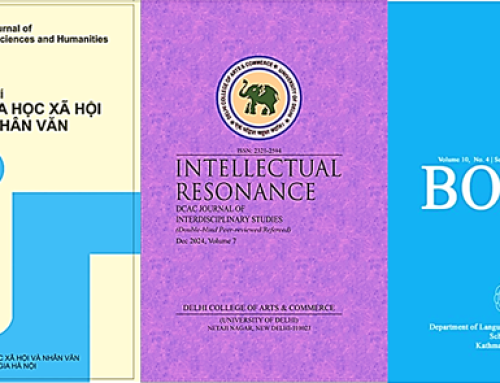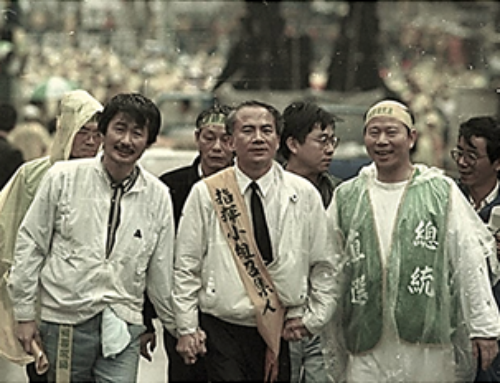The Chinese Soviet Republic Archive, revealing the origins of the People’s Republic of China and the prototype for the Chinese Communist Party’s revolution, is now accessible. This collection unveils the CCP’s early nation-building history from 1905 to 1940. Secondly, Neues Deutschland, an official newspaper initiated by the Soviet Union in East Germany, traces the evolution of socialism in Germany from the fall of the Berlin Wall to the present (1946-2023), highlighting the unification of the two Germans. Lastly, explore the development of communist society in Russia, beginning in the 19th century, through various newspapers, periodicals, election propaganda, and government publications. Digitized by East View Information Services, INC.,these three archives together comprehensively document the developmental histories of three significant socialism regimes: China, East Germany, and Russia, rendering them invaluable resources.
The Chinese Soviet Republic Archive ( 1905-1940)
This archive features key materials from the Chinese Soviet Republic, including bulletins, letters, telegrams, and documents. Established on November 7, 1931, by Mao Zedong and Zhu De, this brief yet pivotal communist state, known as the ‘Central Revolutionary Base’, marked the first CCP regime with Comintern support in China. Originally confined to a small area in Jiangxi and Hunan provinces, it quickly expanded, establishing its own bank, currency, and tax system, laying the groundwork for the concept of ‘Two Chinas’ and the prototype of the People’s Republic of China. From 1931 to 1934, under Mao’s leadership, the ‘Chinese Soviet’ evolved into a model communist society with complete party governance, a robust Red Army, and self-sustaining economic policies. Its success led to Chiang Kai-shek’s military campaigns, culminating in the Long March and the eventual rise of Mao in 1949. This collection, assembled in the early 1960s in Taiwan by the Hoover Institution and Chen Cheng, Vice President of the Republic of China (Taiwan), fills a crucial gap in the early history of CCP.
Neues Deutschland ( 1946-2022)
Launched in 1946 in East Germany and headquartered in Berlin, ‘Neues Deutschland’ was the key newspaper of the Socialist Unity Party, serving as a voice for socialism. Known as the socialist daily, it played a pivotal role in propagating communism and reporting social and international politics during the Cold War, akin to Germany’s ‘Pravda’. After the Berlin Wall fell in November 1989, leading to the unification of East and West Germany, the paper transitioned alongside its party, from the Socialist Unity Party to the Party of Democratic Socialism, and later to The Left in 2007. As a significant left-wing publication, ‘Neues Deutschland’ has been instrumental in documenting the evolution of socialism and the societal changes in Germany. This extensive archive, with over 304,000 pages, offers not only textual analysis but also insights through photographs and visual materials, making it an invaluable resource for modern German history.
Russia / East Europe Databases (1802-Present)
164 databases: 115 Russia, 17 Ukraine, 32 Eastern Europe
【10 selected Russian journals in English translation】
- International Affairs (1955-now)
- Far Eastern Affairs (1974-now)
- Social Sciences (1970-now)
- Muslims of the Soviet East (1974-1990)
- The Current Digest of the Russian Press(1945-now)
- Moscow News (1930-2014)
- Soviet Women (1945-1991)
- Voennaia mysl’ (1990-now)
- Moscow Defense Brief (2014-2019)
- World News Connection (1995-2013)











